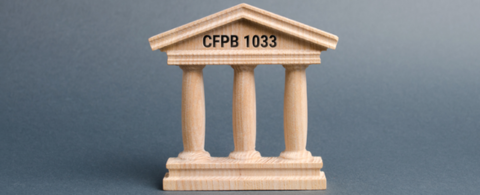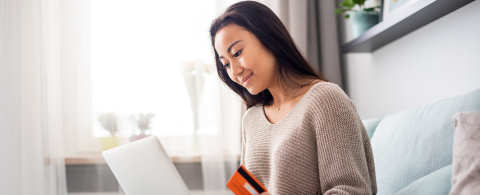Forget the Login with One-time Bill Payments
Posted by Alison Arthur on 26 Sep 2018


As more consumers transact with businesses online, there’s also managing more user accounts than ever before. In the US alone, there’s an average of 130 user accounts registered to each email address.
User accounts can give customers access to advanced features and functionality that enhance their interactions with businesses, especially for billing and payments. For example, online accounts can give customers that receive regular monthly bills the option to save funding sources and schedule payments via recurring or autopay transactions. User accounts also give customers the opportunity to view payment history and sign up for bill-related alerts and notifications.
But not all customers need the bells and whistles that a user account can provide. For example, a patient might receive one bill per year from their healthcare provider for an annual checkup. Or an auto insurance policyholder may pay their annual premium in full when the policy renews. In these situations, it’s likely that a paper bill is being issued to the account holder in advance of the payment due date.
Just because these customers receive paper bills doesn’t necessarily mean they want to go through the hassle of making in-person payments or writing paper checks. On the other hand, they might not be inclined to create user accounts to make electronic payments on bills that are issued infrequently. How can your business encourage electronic payments from customers that receive paper bills without requiring them to create a user account?
One-Time Guest Payments
An electronic bill presentment and payment (EBPP) solution can help by offering quick and easy one-time guest payments. This option gives customers a simple, user-friendly way to make online payments without needing to create user accounts. In doing so, it helps bridge the gap between the manual experience of receiving paper bills and the digital experience of making electronic payments, without the extra steps of creating (and managing) User IDs and Passwords.
Here’s an example of how one-time payments work:
1. Your customer receives a paper bill with the amount due, due date, and a link they can visit to make a one-time electronic payment.
2. Depending on your business’s configuration, the customer enters specific information to authenticate their account. For example, your business can require the account number printed on the bill plus the five-digit ZIP code. The customer enters the required information and, if the information matches what is on file, is taken to a screen where they can make a one-time payment.
3. The one-time payment screen displays the account holder’s information, payment due date options (same-day or future-dated), and amount to be paid (current balance, minimum amount due, etc.). Customers make their selections and enter their payment method with the option to save that funding source for a future session.
4. The user reviews the payment, submits it, and is taken to a confirmation screen. A separate confirmation is sent to the email address that’s either on record or provided during the payment process.
The Bottom Line: Consumers are managing more online accounts than ever before. One-time guest payments can simplify the bill payment process by giving customers an easy way to make online payments without needing to create user accounts. Doing so can help bridge the gap between paper bills and electronic payments, delivering a better customer experience.
Schedule A Personalized Demo
Schedule a Free Consultation





